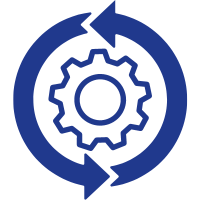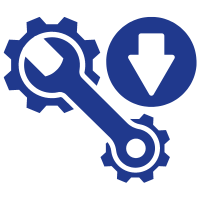Evolutionary Milestones that Hindered Reliability Testing
Continuous improvement, enhancement, and scalability are crucial aspects any industry would look for in this modern technological landscape. Especially with semiconductor companies, upgrading their systems to adapt to cutting-edge technologies can play a pivotal role in the overall processes and workflows.
One of our esteemed customers, a renowned semiconductor company, had a similar vision for enhancing its reliability testing process.
In the midst of refining their reliability testing methodologies and upgrading to system-agnostic scripts, they also wanted to enhance their internally developed framework.
Here is an overview into the aspects that recommended an upgrade by the customer:
The customer’s existing framework faced limitations in scalability and community support, ushering in the need for modernization.
As chip complexity increased, the need to test multiple DUTs simultaneously in a shorter time became paramount. Acknowledging this, the customer wanted to ensure the seamless scalability of testing processes that overcome the limitations of the existing framework.
- Confines of Test Configuration Management
The test configuration management with the earlier system also required an upgrade. Experiments and test scripts were maintained in folders with respective engineers, which hindered the reuse and shareability aspect of the process.
- From Device-Specific to Device-Agnostic
The customer wanted to make their framework to be system and device-agnostic to seamlessly adapt to the diverse hardware configurations and effectively reuse the engineering effort in designing the test routines.
- Data Retrieval and Insights Generation Requirement
The customer also wanted timely data retrieval and visualization capabilities to draw insights from the extensive data. The data can be pulled from the database while the tests are running, especially for longer running tests. However, a feature was needed to visualize the latest measurements.



